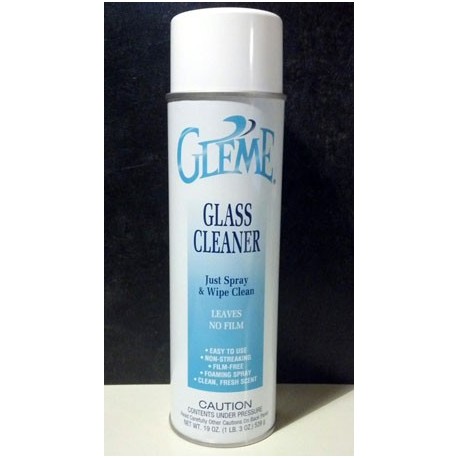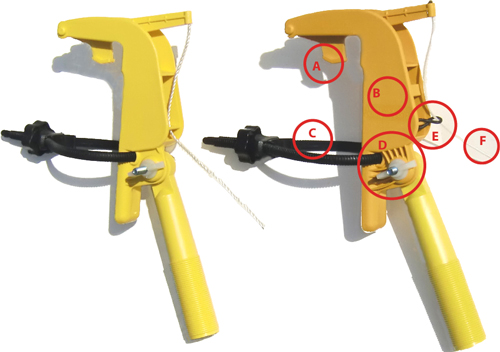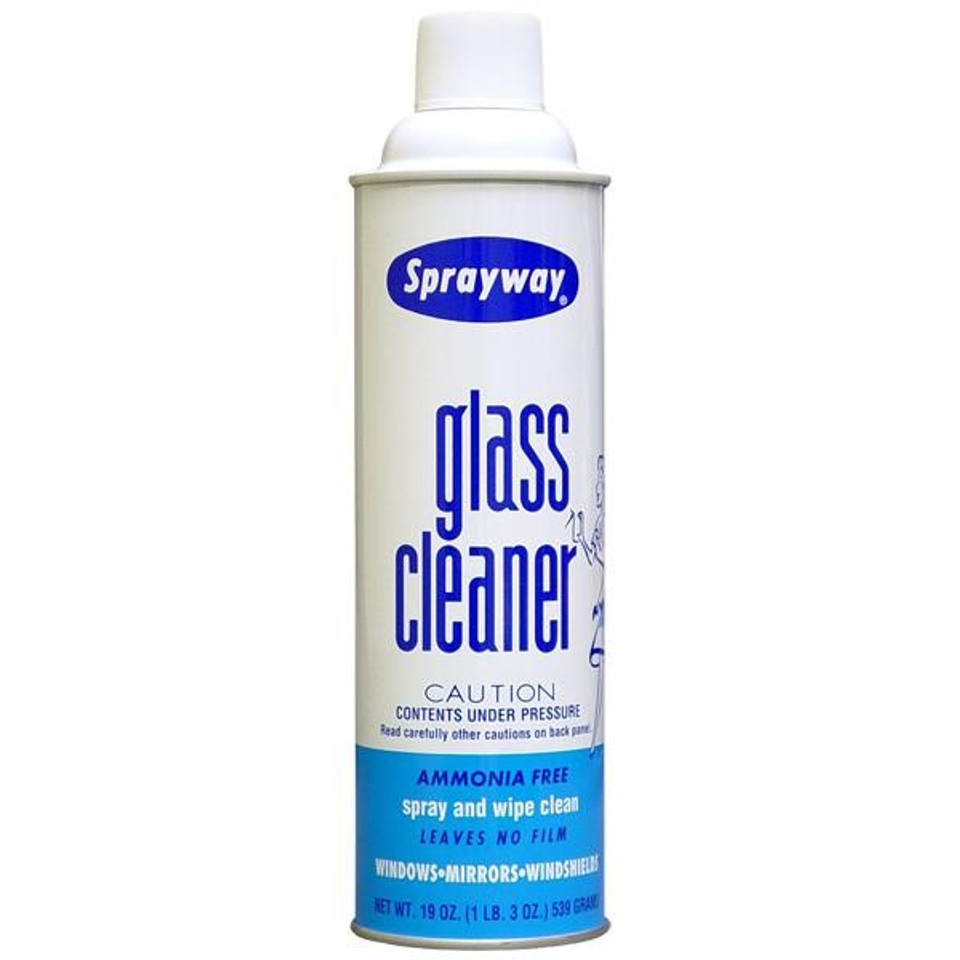

AEROSOL WINDOW CLEANER MANUALS
Our team then combed through dozens of resources such as DIY mechanic and auto enthusiast forums, manufacturer and carburetor-specific websites, instruction manuals from manufacturers, and reviews from online retailers. These experts helped us identify the qualities that would be most important to someone looking for a carburetor cleaner and the standout brands in each category. These experts have over 100 years of combined experience in aftermarket auto fields ranging from detailing to accessories to tires, and everything in-between. To select the carburetor cleaners featured in this buyers guide, we consult our network of experts for their thoughts on carburetors. These are the most widely available carburetor cleaners. Non-chlorinated : Non-chlorinated cleaners are a less toxic option, and are gentler on plastic parts.That said, the chemicals that make them heavy-duty cleaners also make them banned for sale in California. Chlorinated : Chlorinated cleaners are the go-to option for heavy sludge cleanup.Dipping can : As we mentioned above, this method is for the more demanding vehicle owner that has time completely disassemble a carburetor and soak different parts.

If you are a customer seeking to buy a carburetor cleaner, be aware there are several types available: However, if your carburetor is already clogged, loud, or not functioning properly because it needs to be cleaned, a fuel additive is unlikely to offer a fix. Fuel-additive cleaners are useful for maintaining a carburetor and slowing the speed at which it becomes clogged. While a fuel additive is the easiest method to apply, it is also the least effective means to clean a carburetor. The additive mixes with your fuel and cleans the carburetor and fuel system. This is the fastest and simplest way to clean your carburetor. You can find fuel additives that you pour directly into your gas tank to clean your carburetor without ever removing it from your vehicle. You can remove your carburetor before using an aerosol spray, or use it without removing your carburetor from the vehicle at all. Keep in mind this will not clean your carburetor as fully as the soak method. Used in conjunction with a brush, this can be a good means to dislodge major blockages in your carburetor and quickly get it working. Aerosol SprayĪn aerosol spray uses pressure to dislodge gunk and apply the chemicals that can clean out your carburetor. Here you may also want to use an aerosol spray to dislodge any material that remains. You’ll need to disassemble your carburetor before its bath, then reassemble it afterward.Īfter soaking only the metal components (typically for at least a day, if not longer), you’ll need to scrub out your carburetor to remove any excess gunk. You can’t simply dunk your carburetor in the solution as the chemicals that clean the carburetor can erode the rubber seals. Soaking is time-consuming and can be a frustrating operation for those who aren’t mechanically inclined.

Soak- or dip-cleaning methods use a corrosive chemical to remove rust and deposits in all of your carb’s crannies. To remove the majority of buildup in your carburetor and get it operating like new, you’ll need to soak it in a chemical solution. To keep your carburetor in the best shape, you’ll want to employ all three. If you’re using the soak method, you’ll need a large bucket or tub.īroadly speaking, there are three popular methods for at-home carburetor cleaning: soak, spray, or use a fuel additive. In a pinch, you can use guitar strings if you have any lying around, or you could order a set of carburetor brushes. Other tools you may want are a stiff brush for scrubbing parts and some wire or a wire brush for cleaning out small holes such as the pilot jets. At the very least, you should have or purchase protective gloves and eyewear.

Before you use any carburetor cleaner, be sure that you have the proper safety equipment to handle caustic chemicals.


 0 kommentar(er)
0 kommentar(er)
